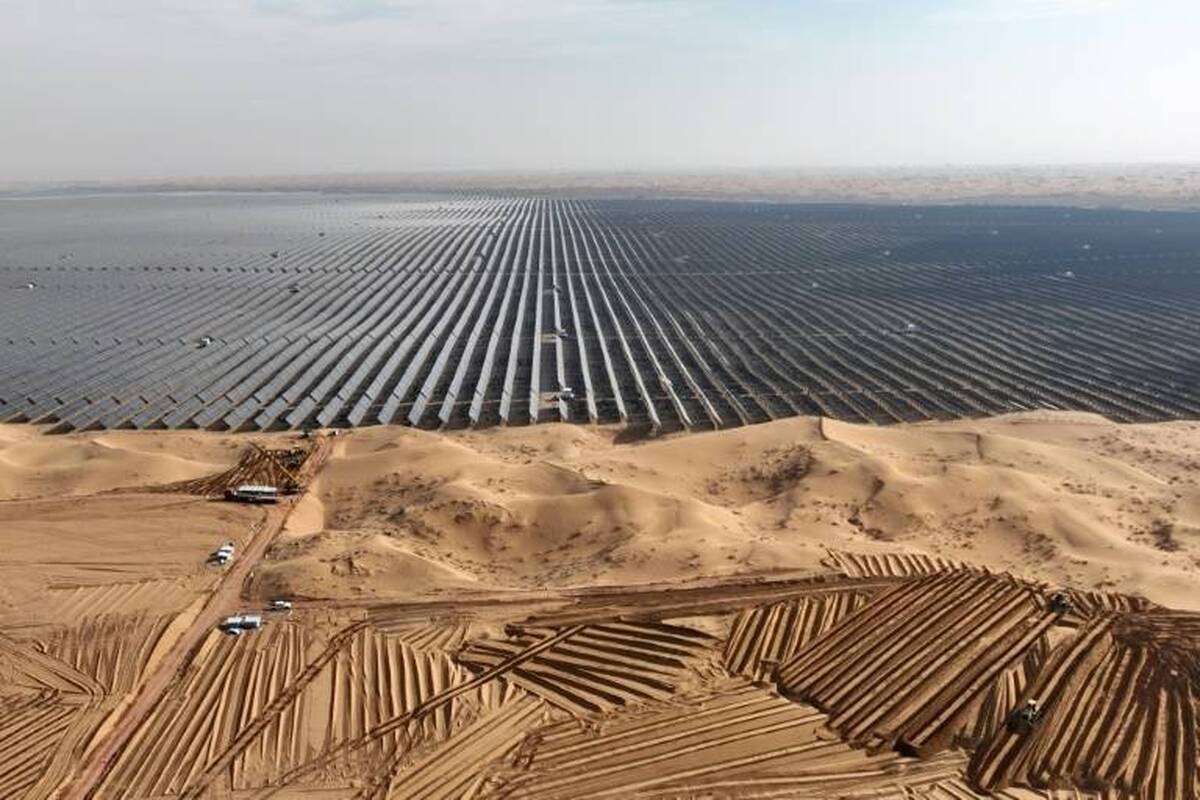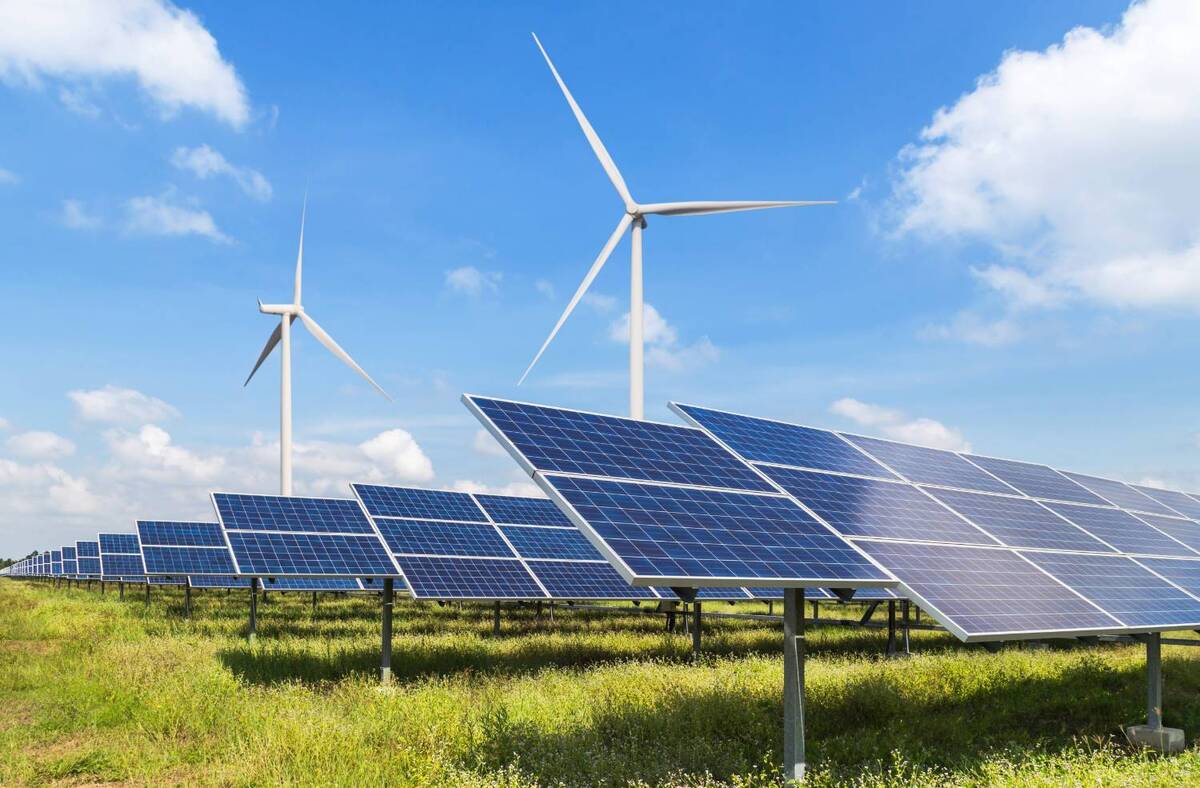Slower Solar Industry Growth May Dampen U.S. Renewable Power Expansion

In its latest Short-Term Energy Outlook report, the U.S. Energy Information Administration (EIA) forecast that solar will lead the nation's electricity generation growth for the next two years.
The agency made its estimate based on the anticipated addition of 36 gigawatts (GW) of new solar capacity in 2024 and 43 GW in 2025.
However, U.S. solar growth is predicted to slow this year amid economic challenges facing both residential solar installations and utility-scale projects.
California is the biggest solar market in the United States. In the first three quarters of 2023, California led the country with 3,216 megawatts (MW) of new solar power installed.
But solar developers in California have been disclosing financial difficulties, with approximately two-thirds of residential solar installers facing challenges in sustaining their operations.
The California Solar and Storage Association (CALSSA) found that 63 percent of its roughly 400 members reported significant cash flow issues, said the CALSSA Executive Director Bernadette Del Chiaro at an industry conference Wednesday. The group was worried about the next two months because "a lot more fallout may be coming."
The groups' concern echoed a report by the Solar Energy Industries Association (SEIA) and Wood Mackenzie last month, which said elevated interest rates across the U.S. and changes to state regulations in California would lead to a decline in 2024.
Across the country, residential solar companies have struggled with slumping sales as higher interest rates have put a damper on the market.
Borrowing has gotten pricier since 2022, as the Federal Reserve tries to calm inflation by raising rates. This affects all loans, from mortgages to leasing solar panels. Since installations can cost tens of thousands of dollars, higher price tags put the brakes on some customers' investment plans.
California installers are facing increased challenges due to a modification in the "net energy metering" policy. This adjustment has reduced the earnings for homeowners selling surplus electricity generated by their rooftop solar power systems to the grid.
It means a 75 percent drop in the compensation homeowners are getting, said the SEIA report, adding that from "net metering" to "net billing," the policy change will depress the No. 1 rooftop solar power state in the country.
As a result, Ohm Analytics, a research firm monitoring the solar market, observed a decline in sales ranging from 67 percent to 85 percent for private residential installers in California since the policy change took effect in April 2023.
For the utility-scale sector, higher financing costs, transformer shortages, and interconnection bottlenecks have led to the lowest level of new contracts signed in a quarter since 2018, according to the SEIA report.
To boost U.S. manufacturing of clean energy technology like solar panels, the government has maintained hefty tariffs on imported solar products. As a consequence, the U.S. now experiences some of the highest prices globally for solar modules and utility-scale solar.
In response to the tariffs, Asian manufacturers have established a distinct and costly supply chain. Rather than making domestic companies more competitive, U.S. solar tariffs have merely increased costs for U.S. developers and consumers, said experts.
4155/v
























